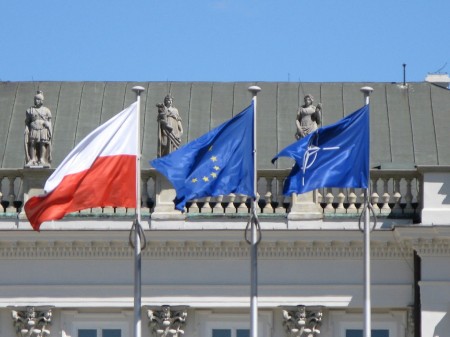
This article was originally published by the Centre for European Policy Studies (CEPS) on 6 April 2017.
As a failed state in the European Union’s immediate neighbourhood that serves as a base camp for terrorists and a conduit for irregular migration to Europe, Libya is precisely the kind of place for which the EU’s foreign policy instruments were designed, or so one might think. Since the NATO intervention that helped oust Libyan dictator Muammar Gaddafi in 2011, the EU has deployed most of its crisis response approaches and instruments in the country, including new procedures set out in the 2013 review of the European External Action Service (EEAS), most notably a Political Framework for a Crisis Approach (PFCA).
Yet, almost nothing in Libya has followed the liberal peacebuilding playbook, which assumes an improving security situation followed by reconstruction and sustained democratic political transformation. Instead, the EU has struggled to make any impact while the ongoing chaos in the country has deepened divisions among member states, with migration control emerging as the lowest common denominator for EU action.



